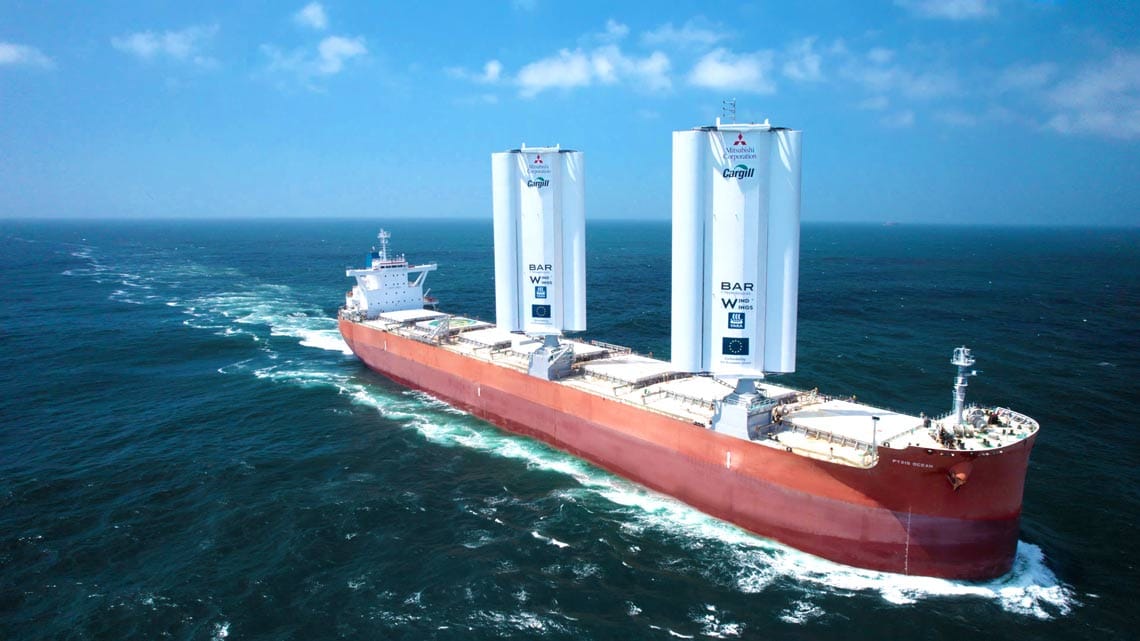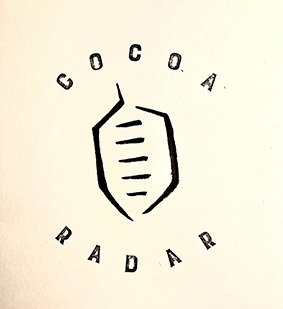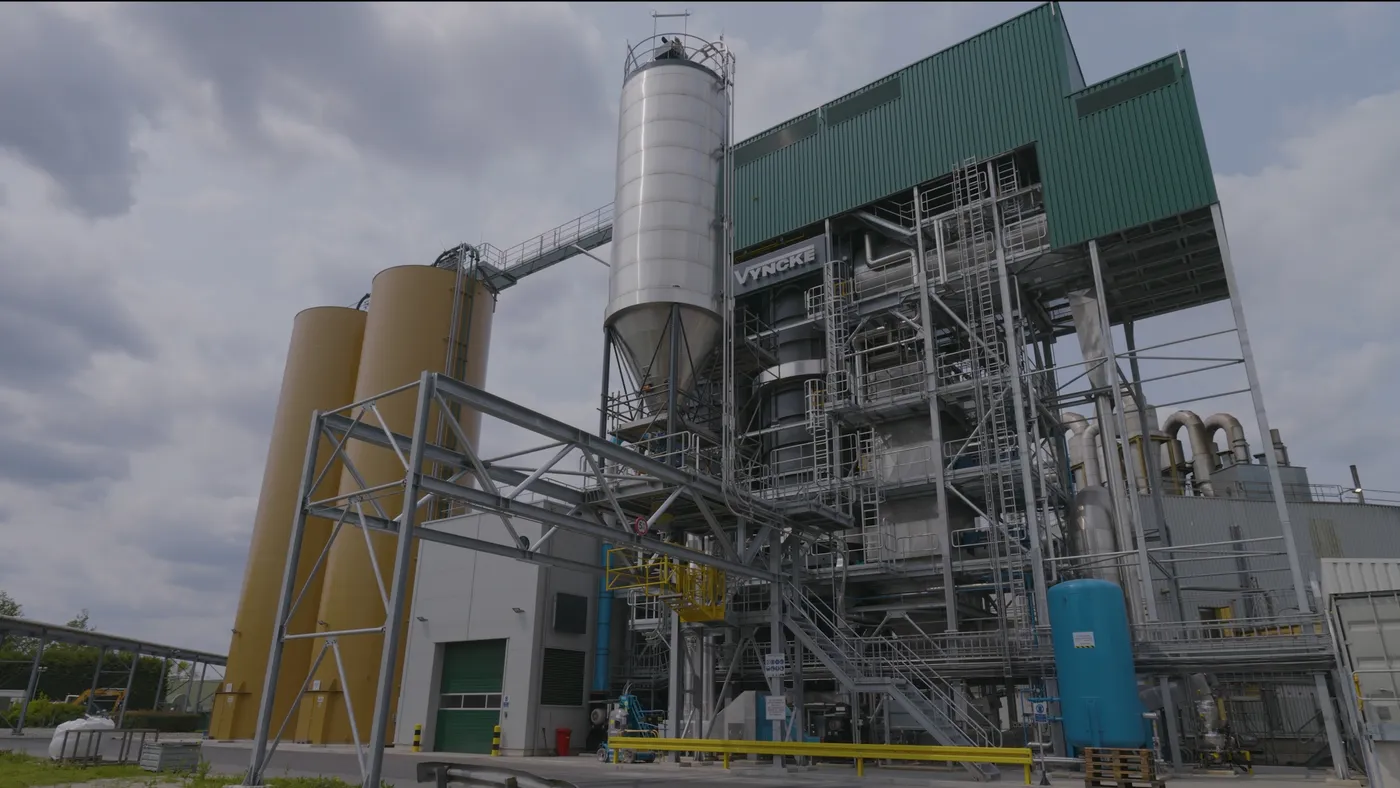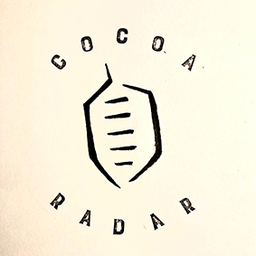In a statement, Cargill explained that in Côte d’Ivoire, cocoa shells, once discarded, are now used to fuel biomass boilers. In Ghana, a solar plant powers production in Tema, and new ISO tanks are replacing disposable packaging, providing the opportunity to reduce waste by up to 100 metric tons each month.
"Sustainability isn’t a single project at Cargill—it’s how we operate," said Emiel van Dijk, Managing Director of Cocoa & Chocolate Europe and West Africa. "From circular waste reuse to renewable transport and clean energy, we’re showing that climate action can scale, without compromise."
Electric barges
The industry champion revealed that once the beans and semi-finished cocoa products produced in origin arrive in Europe, they enter Cargill’s fully integrated logistics network. Beans are stored in solar-powered warehouses near Amsterdam, the Netherlands, then transported to Cargill’s factory in Zaandam via the world’s first fully electric barges, eliminating 190,000 kg of CO₂ emissions annually.

The electricity for these vessels, as well as Cargill’s Dutch facilities, comes from Windpark Hanze, a renewable energy partnership with Vattenfall.
After processing, cocoa shells are reused—this time as fuel—in Cargill’s new biomass boiler in Amsterdam, which will reduce greenhouse gas emissions by nearly 19,000 tons annually. Together with the wind farm, Cargill and Vattenfall operate in partnership with Windpark Hanze, resulting in CO₂ emissions reduction of 31,000 tons per year, representing a reduction of site CO₂ emissions of up to 90%.

The final leg of the journey continues with low-emission transport. Semi-finished cocoa products are shipped to Wormervee in north Holland — home to the world’s largest cocoa processing site—using BIO LNG trucks, and finished cocoa powder is stored at a next-generation warehouse in Zaandam.
Last-mile impact
Operated in partnership with Green Valley Cocoa Logistics, the facility features solar panels, automated vehicles, and intermodal rail and barge connections to reduce last-mile impact.
The chain ends where indulgence begins: chocolate production. Cargill’s semi-finished cocoa products are delivered to its chocolate processing sites and its customers across Europe using renewable fuels and short sea shipping, supporting the company’s global target to reduce supply chain emissions by 30% per ton of product by 2030.
The company said this integrated effort also supports Cargill’s broader climate goals, which include reducing operational emissions by 10% by 2025.
This is what sustainability at scale looks like," adds van Dijk. "It’s measurable, circular, and designed to serve both people and the planet."
- 'From Our Desk. To Yours. Daily.'
- Sign-up here for the newsletter for free and upgrade to an annual plan.


